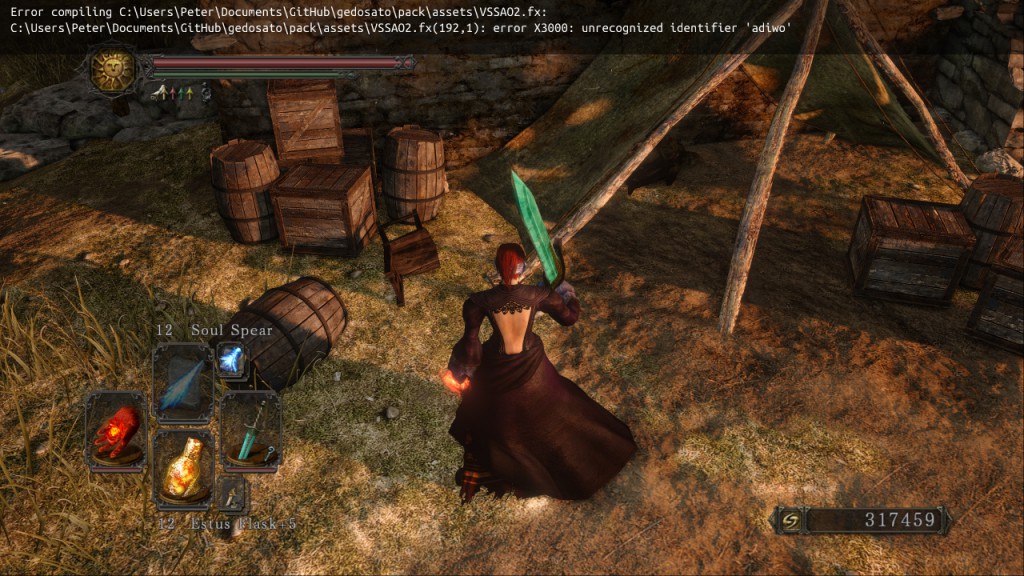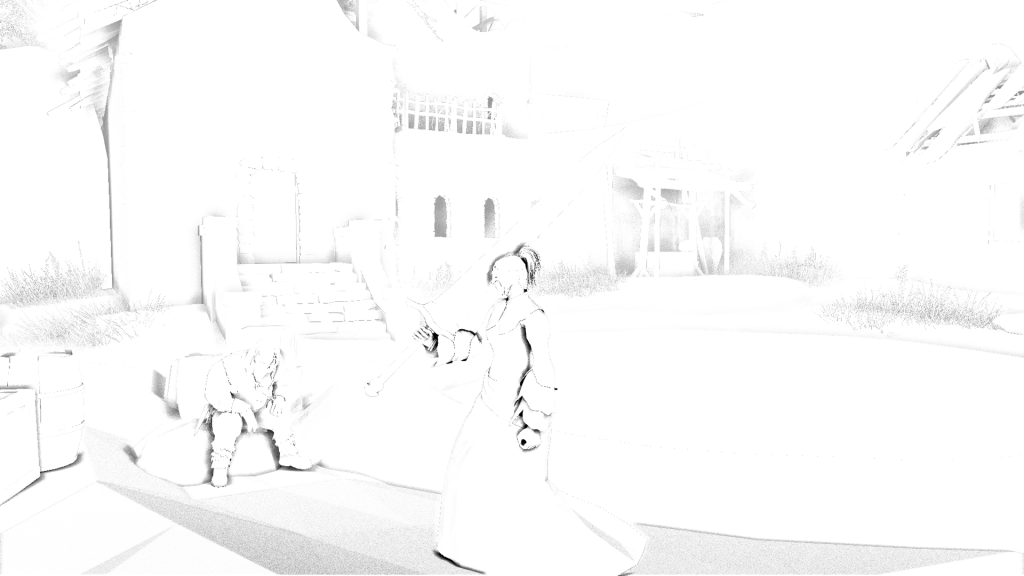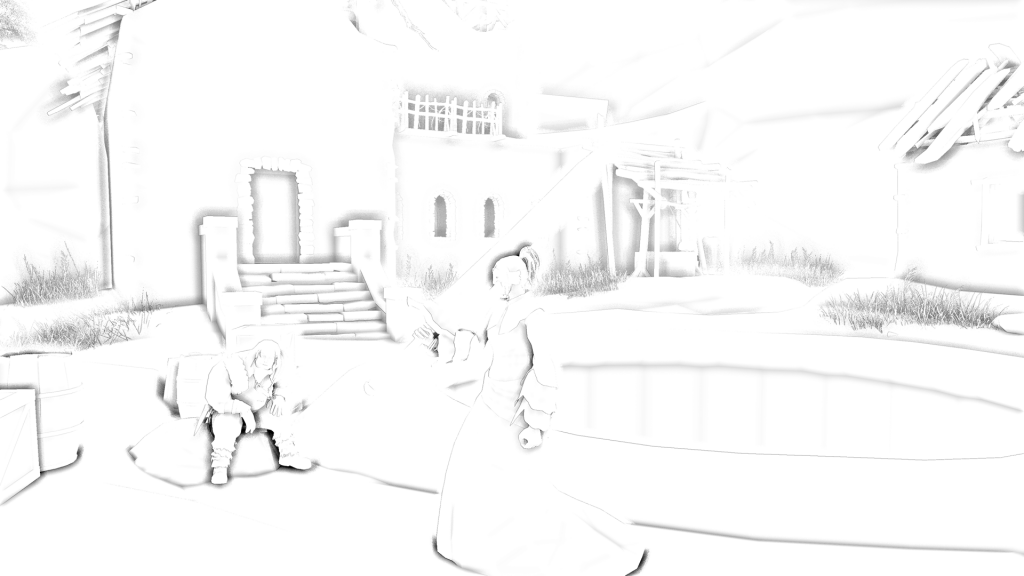Another small update to fix some reported issues:
- Fixed lack of postprocessing when disabling HuD
- Fixed crash on alt-tab (again)
The latter took a lot more time to figure out than I expected. It seems that the game is actually leaking a backbuffer reference :/
About texture dumping/replacement: After getting the current GeDoSaTo facilities to work (more or less) on FF13, I figured out that most interesting textures (e.g. the fonts) aren’t actually being loaded using D3DX, so the existing mechanisms don’t help at all. I have a different method in mind (for a long time now actually), but this will take some time to implement.
Talking about time, what I wrote about on the blog a few days ago regarding not really having any time due to “real world” workloads applies now even more than before — after I spent basically the entire weekend on FF13. Therefore, don’t expect updates from me until next weekend.
That said, I’ve seen a lot of new forks at GitHub, so perhaps someone will make some contributions! I’ll try to merge good additions as quickly as possible if there are any.
As always, you can use the installer here to get the latest version (or just press the update button!), and you can donate here.







